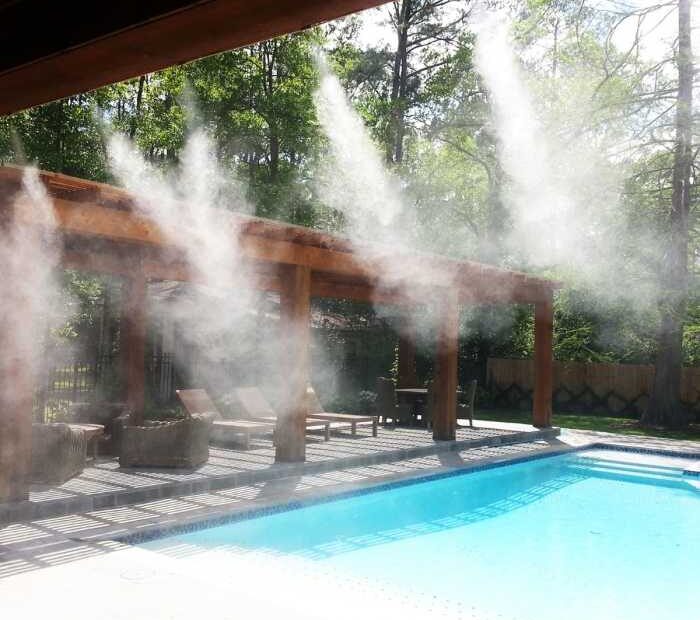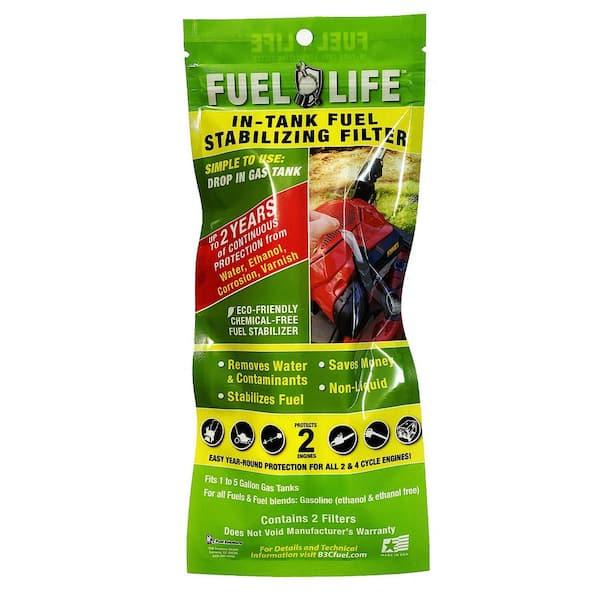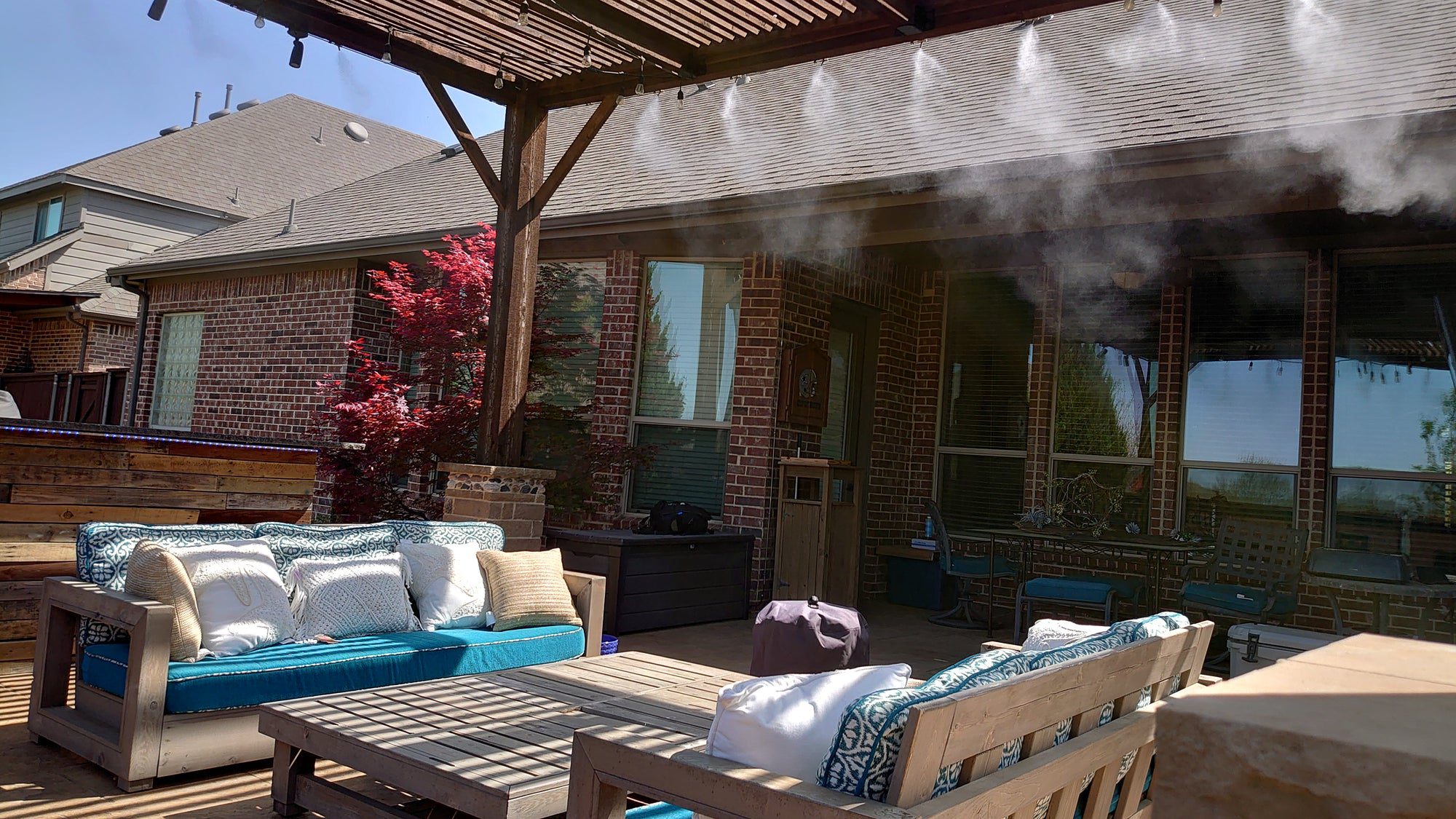Misting is a process of spraying fine water droplets into the air for cooling or creating a humid environment. In commercial and residential settings, misting systems are used to lower outdoor temperatures, control dust, and add moisture to the air.
These systems work by forcing high-pressure water through specialized nozzles, which break the water into tiny droplets that quickly evaporate, thus reducing the ambient temperature. Misting is commonly used in outdoor spaces like patios, restaurants, stadiums, and theme parks, as well as in greenhouses and misting fans for personal comfort.
The fine mist created by misting systems can provide relief from hot weather and create a more comfortable environment for people and plants alike.
Benefits Of Misting
When it comes to staying cool and comfortable in the summer heat, misting systems are a game-changer. Not only do they provide relief from high temperatures, but they also offer a range of benefits that can enhance your outdoor experience. In this article, we will explore the advantages of misting systems and why they have become so popular in recent years.
Cooling Effect
Misting systems are known for their ability to create a refreshing and cooling effect. By emitting tiny water droplets into the air, these systems rapidly evaporate, resulting in a drop in temperature. This cooling effect can be incredibly beneficial, especially during hot and humid weather.
Unlike traditional fans, misting systems don’t simply circulate warm air; they actually cool it down. The fine mist produced by the system absorbs the heat and cools the surrounding area, making it the ideal solution for outdoor spaces such as patios, gardens, or even sports arenas.
Repels Insects
Another significant advantage of misting systems is their ability to repel insects. Mosquitoes, flies, and other pesky bugs can quickly ruin your outdoor experience, but with the help of misting, you can keep these unwelcome visitors at bay.
Misting systems are often integrated with insect repellents, such as natural essential oils or chemicals that are safe for both humans and pets. As the mist drifts through the air, it creates a barrier that repels insects, allowing you to enjoy your outdoor space without the annoyance of bites and buzzing around.
Moreover, the properties of mist itself can also deter insects. The tiny droplets create a damp atmosphere that is unfavorable for mosquitoes and other pests, making the misting system an effective and eco-friendly alternative to chemical insect-repelling methods.
In conclusion, misting systems offer a range of benefits that make them a worthwhile addition to any outdoor space. From providing a cooling effect to repelling insects, these systems enhance your comfort, allowing you to fully enjoy the great outdoors even in the hottest of temperatures.
Types Of Misting Systems
Misting systems are a fantastic way to keep cool outdoors, whether you’re enjoying a backyard barbecue or running a commercial establishment. There are two main types of misting systems: low-pressure misting and high-pressure misting.
Low-pressure Misting
Low-pressure misting systems are the more affordable and common option for cooling outdoor spaces. These systems operate at a pressure of around 60 to 150 PSI (pounds per square inch), creating a fine mist that cools the air by evaporation. They are typically used in residential settings, patios, and small commercial areas.
One of the advantages of low-pressure misting systems is that they use less water than their high-pressure counterparts. This water-saving feature makes them environmentally friendly and cost-effective in the long run. Additionally, due to the lower pressure, these systems are less prone to causing surface moisture or wetness, allowing you to enjoy the cooling effects without worrying about dampness.
Low-pressure misting systems are also relatively easy to install and maintain. They can be DIY projects or installed by professionals, depending on your preference. With a variety of nozzle options available, you can customize the misting system to suit your specific cooling needs.
High-pressure Misting
For more intensive cooling and larger areas, high-pressure misting systems are the go-to choice. These systems operate at a higher pressure, typically around 800 to 1,200 PSI, creating an ultra-fine mist that evaporates instantly, effectively cooling the surrounding air.
High-pressure misting systems are commonly used in commercial settings such as restaurants, resorts, and outdoor event venues. They are also ideal for agricultural cooling and greenhouse applications. Due to the higher pressure, these systems have a greater cooling capacity and can handle hotter climates with ease.
When compared to low-pressure misting systems, high-pressure systems provide a more refreshing and powerful cooling experience. However, they do require professional installation and regular maintenance to ensure optimal performance. Installing a high-pressure misting system involves understanding the correct water supply requirements, nozzle placement, and pump selection.
With a wide range of misting systems available on the market, you can choose the option that best suits your cooling needs and budget. Whether you opt for a low-pressure misting system for a cozy residential patio or a high-pressure misting system for a bustling commercial area, these systems are sure to keep you cool and comfortable even during the hottest days of the year.
Installing A Diy Misting System
Installing a DIY misting system can be a great way to beat the heat and create a comfortable outdoor environment. Whether you want to cool down your patio or create a refreshing mist for your plants, a misting system is a simple and cost-effective solution. In this guide, we will take you through the step-by-step process of installing your own misting system, from selecting the right location to gathering the necessary tools.
Selecting The Right Location
Before starting the installation process, it’s important to choose the right location for your misting system. Here are a few factors to consider:
- Identify the areas where you want misting, such as a patio, gazebo, or garden.
- Consider the distance to a water source to ensure easy access.
- Take note of any potential obstacles that may affect the misting coverage, such as trees, awnings, or walls.
Gathering The Necessary Tools
Once you have determined the location, it’s time to gather the tools you’ll need for the installation. Here’s a list of the essentials:
| 1. Misting kit | 6. Pipe cutter |
| 2. Water pump | 7. Adjustable wrench |
| 3. Water filter | 8. Drill |
| 4. Tubing | 9. Screws and anchors |
| 5. Mist nozzles | 10. Electrical tape |
Step-by-step Installation Guide
Now that you have everything you need, it’s time to start installing your DIY misting system. Follow these step-by-step instructions:
- Start by measuring and cutting the tubing to your desired length using a pipe cutter. Ensure the tubing reaches all the desired misting areas.
- Attach the mist nozzles to the tubing at regular intervals, following the manufacturer’s instructions. These nozzles are responsible for creating the mist.
- Secure the tubing to the desired location using screws and anchors. Make sure it is taut and properly aligned.
- Connect the water pump to a water source, such as a garden hose or outdoor faucet. Use an adjustable wrench to tighten the connections.
- Install a water filter between the water pump and the tubing. This helps prevent clogging and extends the life of the misting system.
- Connect the tubing to the water pump using the appropriate connectors provided in the misting kit. Again, ensure a secure and watertight connection.
- If required, drill small holes in walls or other surfaces to guide the tubing to the misting areas.
- Wrap the threaded portions of the connections with electrical tape to prevent leaks. This extra step ensures a tight seal.
- Turn on the water pump and check for any leaks or issues. Adjust the misting nozzles as needed to achieve the desired mist coverage.
With these simple steps, you can now enjoy the cooling benefits of your very own DIY misting system. Say goodbye to sweltering heat and hello to a refreshing mist on those hot summer days.
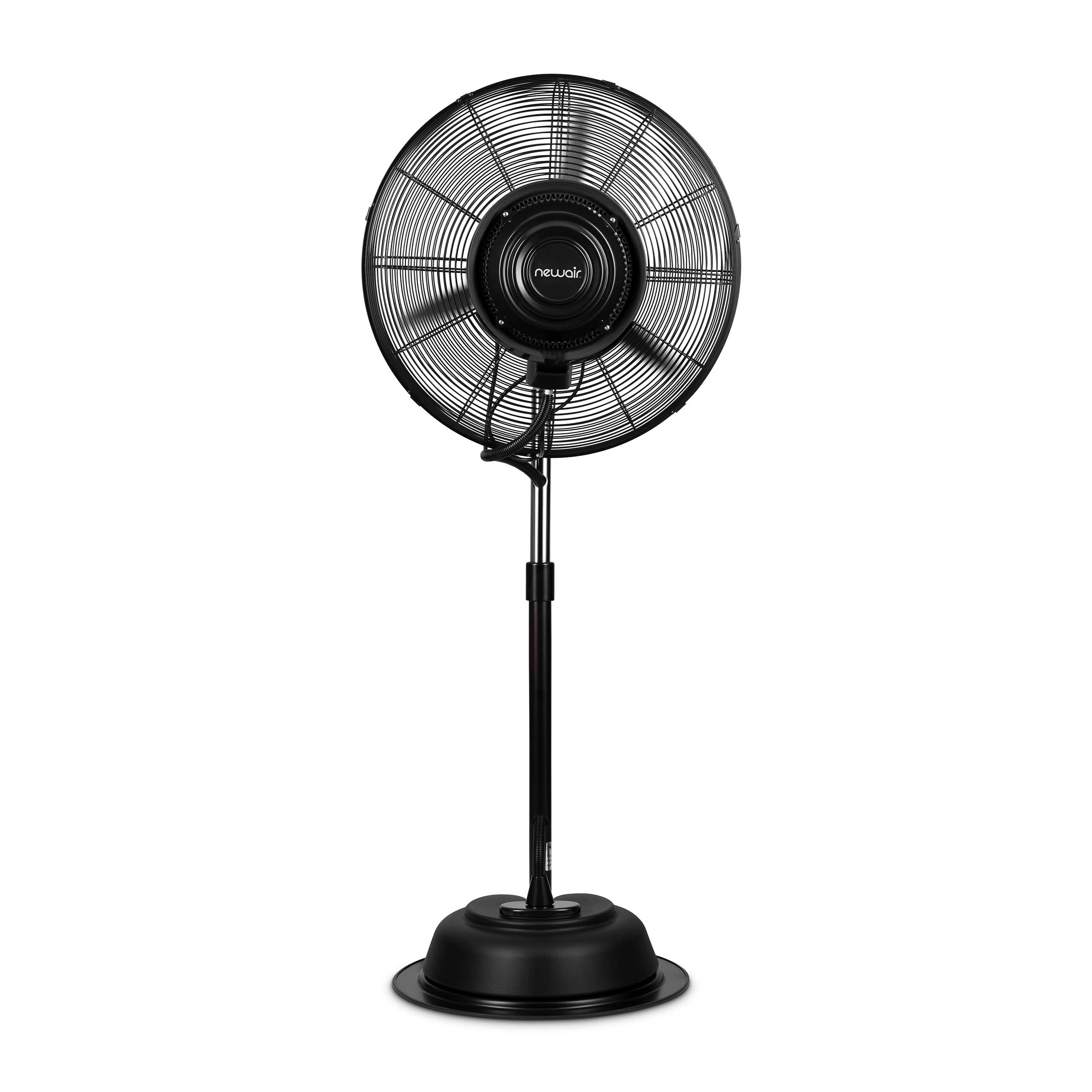
Credit: www.newair.com
Maintenance And Troubleshooting
Regular maintenance and effective troubleshooting are crucial for ensuring that your misting system operates efficiently and lasts longer. By following a few simple cleaning and maintenance steps, you can keep your misting system performing at its best. In this section, we will discuss important aspects such as cleaning and sanitizing, checking for leaks, and common issues and solutions.
Cleaning And Sanitizing
Proper cleaning and periodic sanitization are key to maintaining optimal functionality and hygiene of your misting system. It is recommended to clean the system at least once a year or more frequently in areas with high mineral content in the water. Below are some simple steps to clean and sanitize your misting system:
- Turn off the water supply and electrical power to the misting system.
- Remove any debris or clogs from the nozzles using a small brush or toothpick.
- Prepare a cleaning solution by mixing equal parts of water and mild detergent.
- Gently scrub the nozzles, tubing, and fittings with the cleaning solution using a soft brush.
- Rinse the components thoroughly with clean water to remove any leftover detergent.
- To sanitize the system, prepare a solution of 1 part bleach to 10 parts water.
- Allow the components to soak in the bleach solution for about 15 minutes before rinsing them again with clean water.
- After cleaning and sanitizing, let the system air dry completely before reassembling and turning it back on.
Checking For Leaks
Regularly inspecting your misting system for leaks is essential to prevent water wastage and avoid potential damage. Here’s how you can check for leaks:
- Turn on the water supply and observe the system for any visible leaks along the tubing and connections.
- If you notice any leaks, tighten the fittings or replace any damaged components.
- To check for hidden leaks, you can perform a pressure test. Connect a pressure gauge to the misting system and pressurize it to the recommended level. Observe the gauge for any drop in pressure, which may indicate a leak.
- If you identify a leak during the pressure test, use soapy water to detect the exact location of the leak. Apply the soapy water to the suspicious area and look for bubbles, indicating a leak.
- Once you have identified the leak, repair it promptly by replacing the faulty component or using a leak repair tape designed for misting systems.
Common Issues And Solutions
Even with regular maintenance, misting systems can experience a few common issues. Here are some solutions to these problems:
| Common Issues | Solutions |
|---|---|
| Low mist output or uneven spray | – Clean or replace clogged nozzles – Check and adjust the water pressure – Ensure proper nozzle spacing |
| Excessive water leakage | – Inspect and tighten all connections – Replace damaged or worn-out fittings – Make sure the nozzles are properly sealed |
| System not turning on | – Check the power supply and electrical connections – Replace any faulty switches or timers – Ensure the water supply is turned on |
| High humidity in the misted area | – Adjust the misting system’s timer settings – Reduce the frequency or duration of misting cycles |
By following these maintenance tips and troubleshooting techniques, you can keep your misting system running smoothly and enjoy the refreshing benefits of a well-functioning misting system.
Enhancing Your Outdoor Space With Misting
Transforming your outdoor space into a comfortable and inviting oasis doesn’t have to be difficult. With the help of misting, you can create a refreshing and enjoyable atmosphere that allows you to fully appreciate your time spent outside. From choosing the right nozzles to adding aromatherapy and creating a relaxing ambience, misting offers numerous benefits that will enhance your outdoor experience.
Choosing The Right Nozzles
When it comes to misting, the type of nozzles you choose can make a significant difference in the overall effectiveness of your system. With a wide range of options available, it’s important to select the right nozzle that suits your specific needs.
Here are a few factors to consider:
- The size of your outdoor space: Larger spaces may require higher output nozzles, while smaller areas can benefit from more delicate misting.
- Pressure requirements: Different nozzles have different pressure requirements, so make sure your misting system can provide the necessary pressure for optimal performance.
- Water droplet size: The size of the water droplets produced by the nozzles can affect how quickly they evaporate. Smaller droplets tend to evaporate faster, providing more efficient cooling.
- Durability: Outdoor environments can be harsh, so choose durable and weather-resistant nozzles that can withstand the elements.
Adding Aromatherapy
Aromatherapy is a wonderful way to enhance your outdoor space and create a soothing environment. By incorporating essential oils into your misting system, you can enjoy the benefits of aromatherapy while enjoying the outdoors.
Here are a few popular essential oils you can use:
- Lavender: Known for its calming properties, lavender oil can help create a serene atmosphere and promote relaxation.
- Peppermint: Refreshing and invigorating, peppermint oil can provide an energizing boost and help improve focus.
- Citrus: Citrus oils like lemon, orange, and grapefruit can uplift and revitalize your outdoor space, creating a vibrant and cheerful ambiance.
Creating A Relaxing Ambience
A misting system not only provides relief from the heat but also creates a relaxing ambience in your outdoor space. With the gentle mist drifting through the air, you can create a serene and tranquil atmosphere that invites you to unwind and enjoy your surroundings.
Here are a few tips to create a relaxing ambience:
- Strategic placement: Position your misting nozzles strategically to ensure an even distribution of mist throughout your outdoor space.
- Soft lighting: Incorporate soft, ambient lighting to enhance the calming effect of your misting system.
- Comfortable seating: Choose comfortable outdoor furniture that allows you to fully relax and enjoy the misting experience.
Enhancing your outdoor space with misting can revolutionize your outdoor experience. With the ability to choose the right nozzles, incorporate aromatherapy, and create a relaxing ambience, you can create an outdoor oasis that is both comfortable and inviting. Take advantage of the benefits of misting and transform your outdoor space into a haven of relaxation and enjoyment.
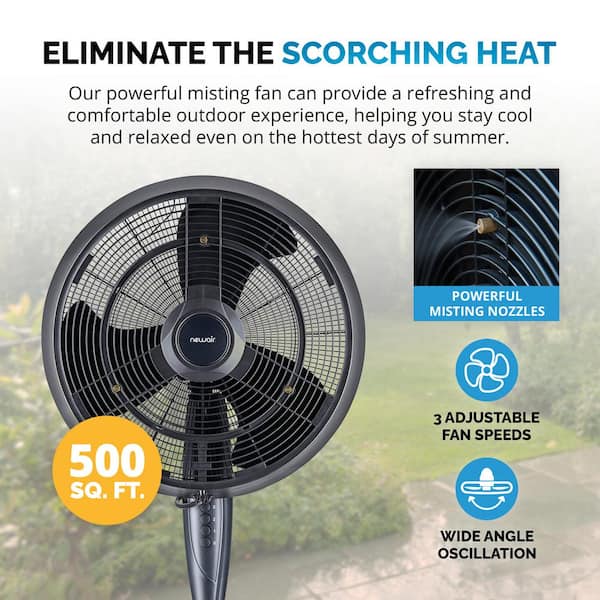
Credit: www.homedepot.com

Credit: www.amazon.com
Frequently Asked Questions Of Misting
Can Misting Help In Cooling Outdoor Spaces?
Yes, misting can help in cooling outdoor spaces as it utilizes the principle of evaporative cooling. When water is sprayed as mist, it absorbs heat from the surrounding air and evaporates, lowering the temperature. This creates a cool and refreshing atmosphere, making misting an effective cooling solution for outdoor areas.
How Does Misting Work?
Misting works by emitting a fine mist of water droplets into the air. As these tiny droplets evaporate, they absorb heat from the surroundings, resulting in a drop in temperature. The misting system utilizes high-pressure pumps and specialized nozzles to create a fine mist that can effectively cool down the environment without getting people wet.
Is Misting Suitable For Indoor Spaces?
While misting systems are commonly used for outdoor cooling, they can also be used in certain indoor spaces. However, it is important to consider the humidity levels and specific requirements of the indoor area. Indoor misting systems are typically designed for areas with proper ventilation and controlled humidity levels to prevent excess moisture buildup.
Consulting an expert can help determine if misting is suitable for your specific indoor space.
Conclusion
To sum up, misting is a practical and effective solution for various applications. Whether it’s keeping cool in hot climates, enhancing plant growth, or reducing airborne dust particles, misting systems offer numerous benefits. With their easy installation and low maintenance requirements, they are an affordable option for homeowners and businesses alike.
Don’t miss out on the advantages of misting – integrate this technology into your environment for a more comfortable and healthier atmosphere.
- Streamlined Communication With Drivers: How Trucking Dispatch Software Can Optimize Your Operations - December 6, 2024
- Geofencing for Enhanced Security: How It Can Optimize Trucking Operations - November 21, 2024
- The Power of Mobile Accessibility And Real-Time Tracking for Trucking Operations - November 6, 2024
